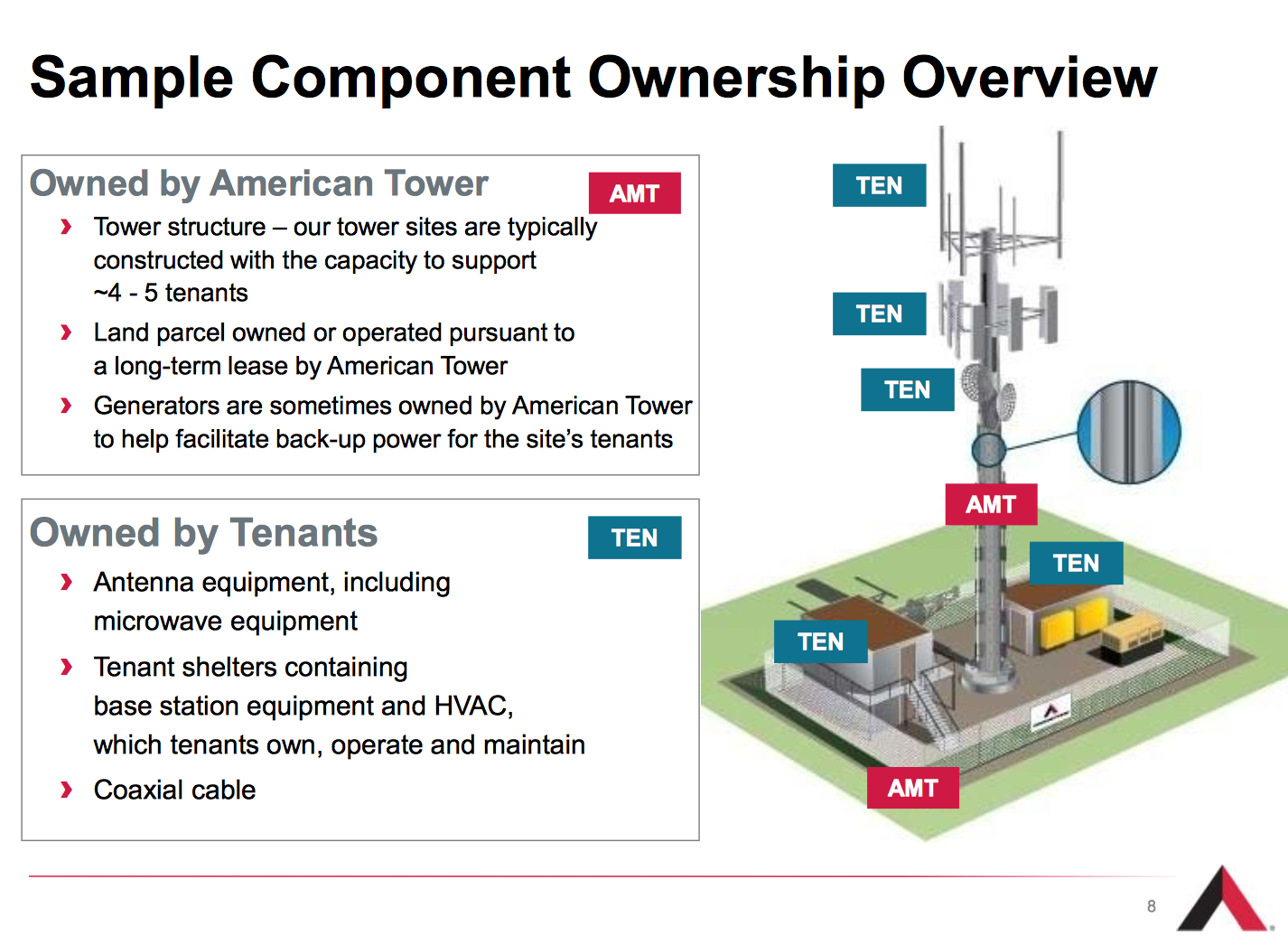Are usually safest distance from the 5G cell Tower system?

If you've ever been through a town and spotted tiny cell towers for 5G on the poles of street lights. They look like small boxes however they're actually sending wireless signals from cell phone providers to your phone.
They are replacing larger built cell towers. Although they're not as visible, they still can create issues for users.
The Federal Communications Commission's Radiation Exposure Thresholds
The FCC's Radiation Exposure Thresholds establish the safe distance that a person can be exposed to electromagnetic energy from wireless devices. The limits for exposure are based on research that show that RF energy could be harmful to human health.
The rate of absorption called the specific absorption rate (SAR) is a measure of the amount of radiofrequency energy taken up by tissues. safe distance from cell tower 's typically 1.6 milliwatts per kilogram spread over a kilogram of tissue.
Since 5g is able to transmit at higher frequencies, it has the potential to increase the intensity of energy on the skin and other directly-exposed body areas. This can lead to many possible harms, such as an increase in development of skin diseases such as dermatitis, skin cancer and cataracts.
Because of the potentially negative effects of 5G radiation, PSU has chosen to establish a general, localized maximum power density of four MW/cm2 averaged over 1 cm2, and not exceeding 30 minutes for the entire 5G spectrum at 3000 GHz. This localized limit is in accordance with the highest spatial-average SAR of 1.6 W/kg, which is averaged over 1 grams of tissues at six GHz.
safe distance to live from cell phone tower
Have you ever used a mobile phone, then you've probably realized that the safest range from the tower should be at least 400 meters away. This is because the power of the transmission of cell towers increases drastically the farther the tower is.
While safe distance from cell tower sounds like an ideal idea but the truth is that those living close to towers could be more susceptible to health problems. For instance, a study conducted in 2014 in India found that those who lived within 50m of cell towers had significantly more health complaints than those living further away from the antennas.
But, the study revealed that those who relocated to areas further away from the cell towers saw their symptoms return to normal within a few days. Another study has shown that exposure to high levels of radiofrequency electromagnetic fields (EMFs) could cause brain tumors, cancer and other health issues.
This is because radiofrequency radiation, used in wireless communication can be absorbed by the body's outer layer, the skin. This is vital to be aware of since the skin functions as a barrier to protect against mechanical injury, infection from pathogenic microorganisms, as well as infiltration of toxic substances. It is also the biggest organ in the human body. It is responsible for keeping the integrity of other organs.
The FCC's Minimum Exposure Thresholds
The FCC's Minimum Exposure Thresholds are based on many assumptions that aren't supported by scientific research. This includes the false belief that short-term exposures RF radiation is safe due to the limited radiation penetration in the human body (i.e., tissue heating).

This also overlooks the more extensive penetration of ELF elements of modulated radio signals as well as the effect on the body of short bursts generated by RF waves that are pulsed. These assumptions do not correspond with the current understanding of biological effects of RF radiation. As such, they should not be used for health protective exposure standards.
Furthermore to that, ICNIRP and FCC limit its maximum levels of radiation exposure for local peak SARs, based on the maximum speed of spatial absorption (psSAR) that is an inadequate dosimetric tool to assess the amount of exposure to radiofrequency radiation. In particular it is inconclusive when frequencies exceed 6 GHz. Additionally, psSAR hasn't been evaluated for RF radiation exposed to other environmental agents such like sunlight. Interactions of RF radiation and other environmental agents may result in antagonistic or synergistic effects. This could result in an increased risk of negative health consequences. For instance, exposure to RF radiation along with exposure to sunlight can cause an increase in the incidence of developing skin cancer, as well as aggravate other skin disorders, such as acne.
